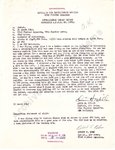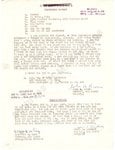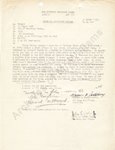- Thread starter
- #481
FLYBOYJ
"THE GREAT GAZOO"
None...No 262 where shot down on the western front, unless an engine flamed out, or where picked off on landing by P-51's. Allied pilots may claim as so...but German records indicate no pilots bailing out or shot down prior to an engine flame-out and speed reduced to around 300 mph
See below...






